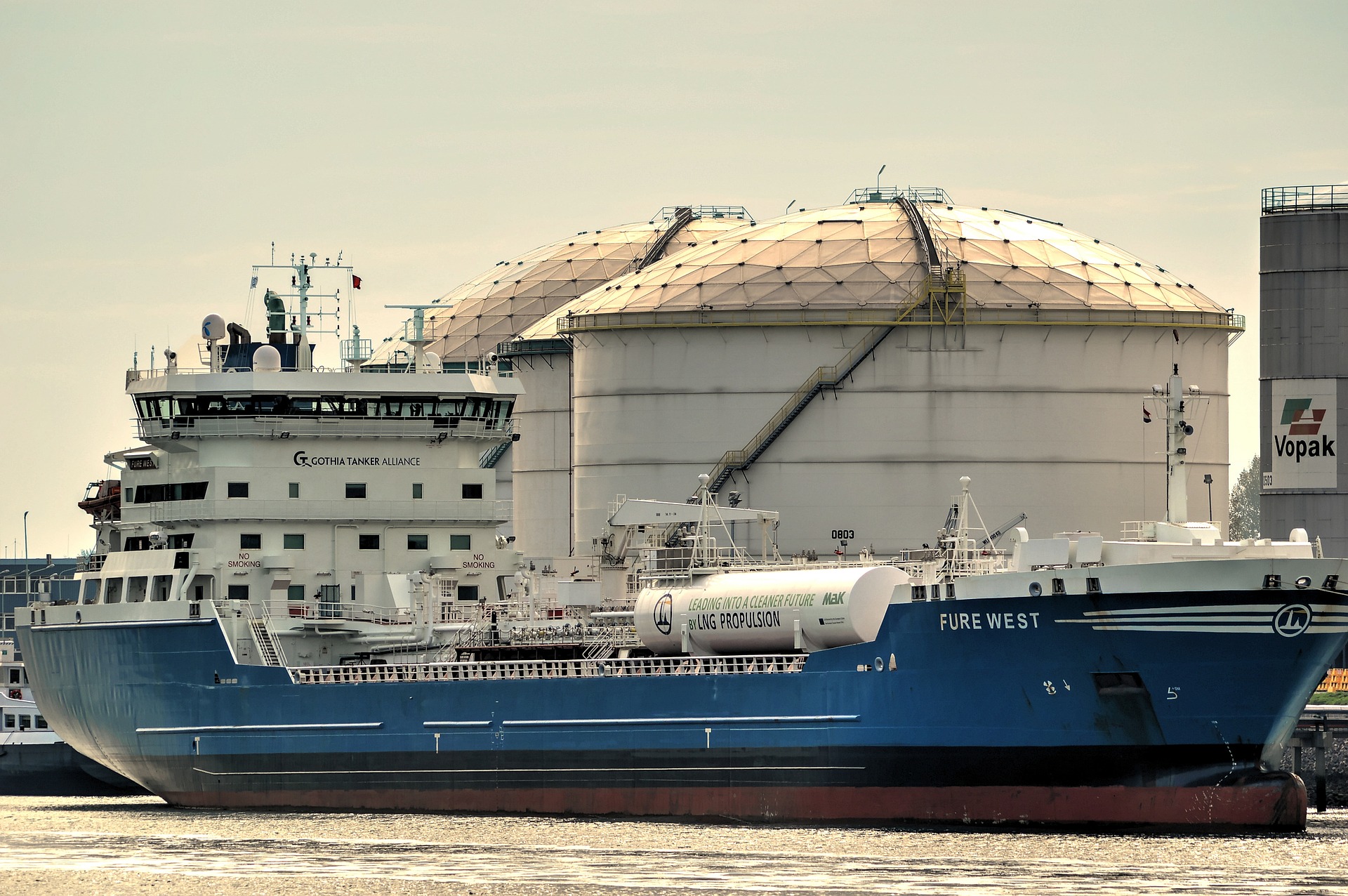
The previous decade was a banner year for LNG as the abundance of cheap natural gas and LNG's environmental benefits led to an unprecedented number of projects. Over this time, an additional 187 million tons per annum (mtpa) of liquefaction and 261 mtpa of regasification capacity came online. However, 2020 was a rough year for LNG markets due to an ongoing oversupply and demand shock caused by Covid-19.
Rapid demand growth has expedited the tightening of LNG markets
LNG markets will remain oversupplied in 2021 but Covid-19 has tightened the outlook for LNG in the mid 2020s. Capital spending cuts due to Covid-19 led to many project cancellations and delayed FIDs in 2020. Currently there is ~170 mtpa of liquefaction capacity seeking FID in 2021. Renewed investor interest due to increased demand and supply constraints will likely result in a significant portion of FID approvals in 2021. These projects are headlined by Driftwood LNG and Port Arthur LNG, each of which delayed FID in 2020 to 2021.
After a down year due to warmer weather and Covid-19, demand for LNG accelerated this winter due to inclement weather, particularly in Asia which rapidly increased demand and constrained supply. Global LNG demand is expected to exceed 390 mtpa in 2021 led by Asia. This growth in demand may lead to a tighter LNG market in the mid-2020s, much earlier than expected.
The economics of LNG are changing as demand begins to outpace supply growth
LNG prices dipped below $2 per mmbtu in April 2020, a 25-year low. In January 2021, prices peaked over $30 per mmbtu as buyers rushed to secure supplies. LNG prices are expected to rebound to pre-Covid levels as buyers continue to pay a premium to secure resources. Shipping rates have also increased as vessel supply has become constrained. Spot shipping rates topped $350,000 per day in January up from the 2020 average of $103,000 per day due to rapid demand growth over the winter season.
The growth in demand will likely impact contract lengths and volumes as buyers rethink their sourcing strategies. The average contracted volume of LNG has declined from 1.55 mtpa in 2013 to less than 1 mtpa in 2020 as buyers sought greater flexibility and lower volume contracts. This trend may reverse as colder winter weather, limited shipping capacity, and delays at the Panama Canal strain LNG supply.
The buildout of LNG infrastructure will continue to accelerate in 2021
The cancellation of the Keystone Pipeline was a definitive indicator that constructing new pipelines has gotten challenging due to public and regulatory scrutiny. This scrutiny, however, benefits small-scale LNG as a lack of natural gas pipeline infrastructure will drive small-scale LNG. These facilities are common in the U.S. Northeast and will find wider adoption across the U.S.
Growth in natural gas infrastructure will be led by Asia due to LNG demand growth and emission reduction targets. Infrastructure growth will consist of natural gas power plant expansions, distribution pipelines, and regasification terminals.
Interest in floating storage regasification units (FSRUs) will continue to grow due to its flexibility and low capital cost. While global markets will remain constrained in 2021, there will likely be 40 new FSRU vessels this year due to its lower cost, shorter lead time, and smaller footprint in comparison to onshore facilities.
Pressure is mounting for more transparency in emission reporting, reductions in methane leakage, and sustainable practices in sourcing natural gas
Interest and implementation in technologies which reduce and prevent emissions will accelerate as environmental scrutiny increases. In October 2020, the French government blocked NextDecade's deal with Engie citing the environmental impact of shale gas in the U.S. This unprecedented move will likely expand the use of fugitive emission reduction and carbon capture technologies across the natural gas value chain. Cheniere became the first LNG producer to publish an ESG report in 2020. We expect other producers to follow their lead as decarbonizing the natural gas value chain is key to maximizing LNG's role in the energy transition.
This next chapter for LNG, while promising, is filled with uncertainty. LNG's value proposition of low emissions is increasingly being challenged by regulators and the price competitiveness of renewable energy is improving. Successful decarbonization will lead to this decade being as good as the last while failure will accelerate the transition to cleaner, renewable fuels.
Brandon Johnson and Uday Turaga
Please fill form to download ADI’s 2021 LNG Outlook.



















